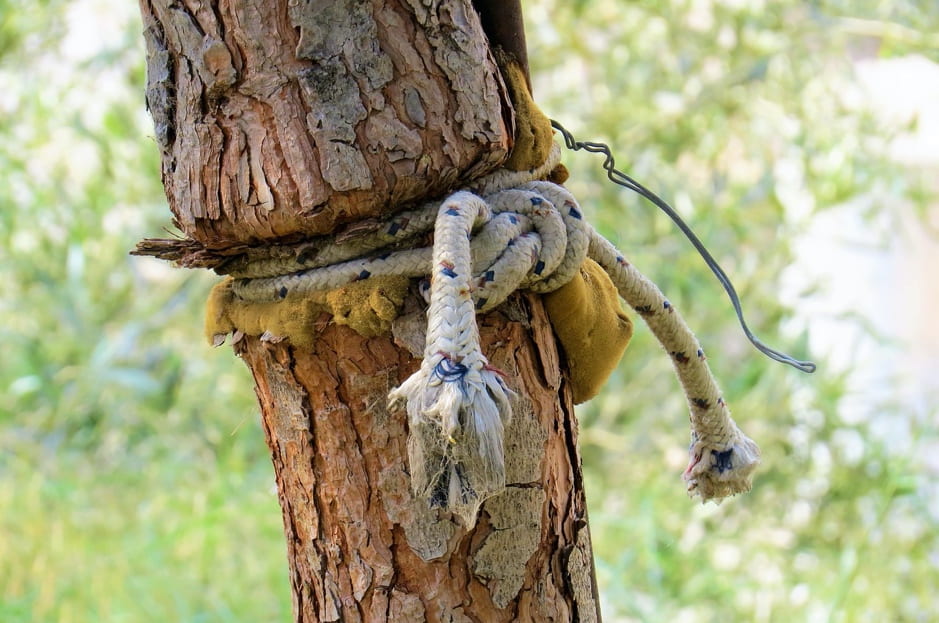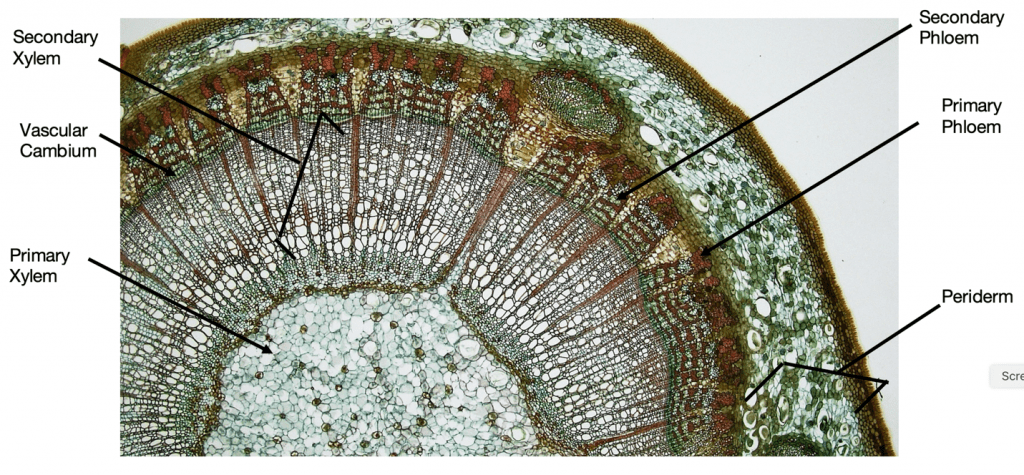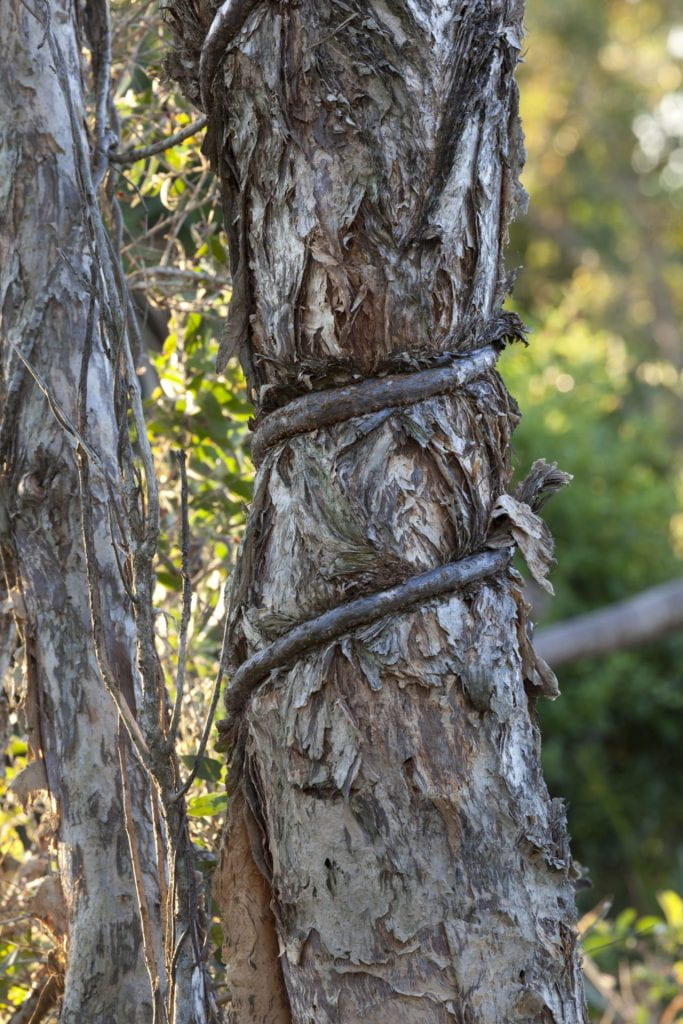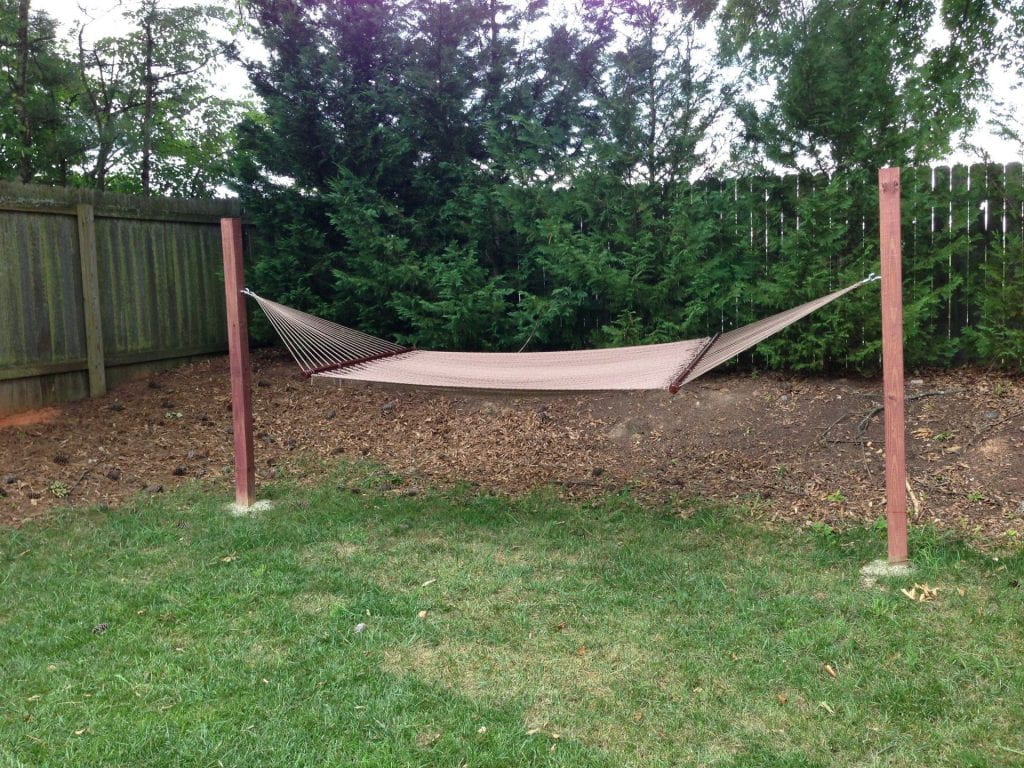As harmless as this everyday activity sounds, it not only damages tree bark, but it can also strangle trees and even kill them.

What is the problem?
While hanging hammocks is definitely fun and relaxing, anchoring hammocks to saplings or trees that are too small to hold a person’s weight can break or kill trees.
Tying on hammocks with a rope or cord chokes the trees. This cuts the water and nutrient transport around the tree and does not allow for proper weight distribution.
How hanging hammocks harm trees
We usually hang our hammocks by wrapping straps around the tree trunk. The outer tissue of the trunk bark keeps the tree safe from insects as well as infection and is continually renewed from within. The bark also helps keep the right moisture content within the tree and can protect the deeper tissues from fire damage.


The outer bark, or rhytidome, is mostly dead tissue. It is made up of cork, cork cambium, and dead phloem. The dead cork cells line up with suberin, a fatty substance, to give the bark its impermeable, waxy finish. Since the outer bark is coated with suberin, it is penetrated by lenticels which allow for gas exchange to occur with the deeper living tissues.
The inner bark is not dead. It is produced by the cambium and contains living secondary phloem, whose function is to transport nutrients and water around the tree. Underneath the inner bark are the xylem and cambium. Cambium annually produces new vascular tissue and wood. Xylem also transports water and nutrients through the tree!
If the bark, gets damaged, the tree is exposed to pathogens and environmental dangers. If the deeper tissue is damaged the tree cannot transport water and nutrients, cannot grow, and cannot repair itself. The tree above the damage is starved and will eventually die.
Best solution for using hammocks on campus
Hammock stands and permanent posts in the ground are the best for tree safety. We have these on the south 40 and they are just as fun to hang from as living trees.
If you must hang a hammock from a tree
- Select the right trees. Look for the healthiest and strongest trees to set up your hammock. Your tree must be 12 inches or greater in diameter, with no dead branches above you.
- Instead of ropes and wires, use HAMMOCK STRAPS made out of flat nylon roughly 2 inches wide. These spread the weight over as large of an area as possible!
- Do not physically shake the trees
- Make sure the flesh of the tree is never exposed when hanging hammocks.
